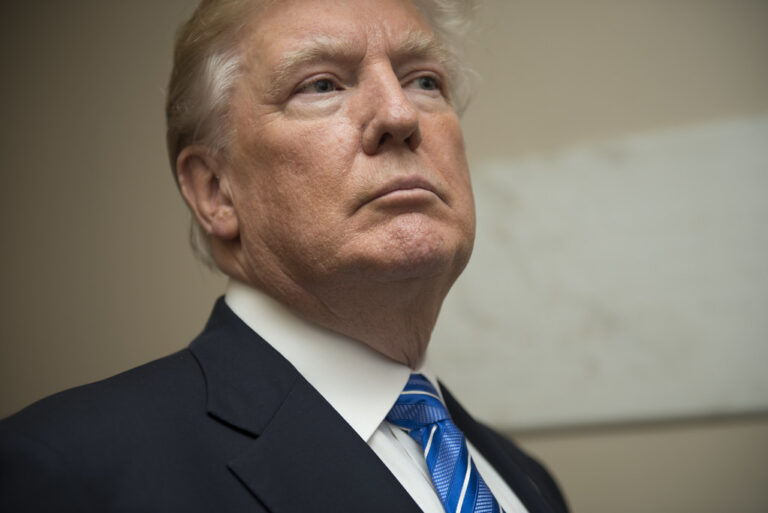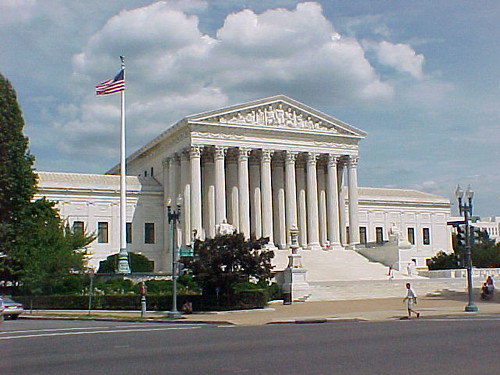Key Takeaways:
- A birthday letter to Jeffrey Epstein, once denied by Trump, now exists.
- Democrats on the House Oversight Committee shared the letter’s image.
- Trump’s lawsuit claims the letter is “nonexistent” and that the signature isn’t his.
- Legal experts say the Trump lawsuit will struggle to prove defamation now.
- Trump must show the Wall Street Journal knowingly published false information.
A lawsuit brought by President Donald Trump against the Wall Street Journal and News Corp hinges on an alleged bawdy birthday letter to Jeffrey Epstein. Trump has long denied the letter’s existence. He even called it “nonexistent.” However, Democrats on the House Oversight Committee just released an image of that letter. Now, legal experts say Trump’s lawsuit is in trouble.
Before this proof appeared, Trump argued the Journal defamed him by suggesting he truly sent the letter. He also claimed the signature wasn’t his. Yet, now that the letter exists, his first claim falls apart. Moreover, the signature looks a lot like his. Therefore, the lawsuit must rely solely on the idea that the signature is fake. Still, courts require proof the Journal acted with reckless disregard for the truth. Experts doubt Trump can show that.
Why the Trump Lawsuit Faces New Challenges
The Trump lawsuit alleged two main points. First, the letter was nonexistent. Second, the letter’s signature wasn’t Trump’s. Now, the first point is gone. Everyone admits the letter exists. In fact, the Wall Street Journal never said for certain it saw the original. The paper clearly noted gaps in the letter’s chain of custody.
Elie Honig, a former federal prosecutor, explained on TV why Trump’s lawsuit will struggle. He said Trump must now prove the signature isn’t real. Yet, the signature matches past handwriting samples. For example, a letter Trump wrote in 2015 looks nearly identical. Therefore, Trump’s fallback argument seems weak.
Besides, to win a defamation claim, Trump must show the Journal published the report knowing it was false. Defamation law demands proof that the reporter acted with actual malice. That means they either knew the report was false or they recklessly ignored evidence. Given that the Journal hedged about the letter’s origin, Trump must prove they intentionally misled readers.
In addition, courts usually favor the press when they show they tried to verify details. Since the Wall Street Journal cited sources and noted uncertainty about how the letter emerged, it may qualify for strong First Amendment protection. Thus, Trump’s case faces an uphill battle.
What Comes Next for Trump’s Lawsuit?
With the letter’s image public, Trump’s legal team must now focus on the signature. They will hire handwriting experts. These experts will compare the letter’s scrawl to known samples of Trump’s signature. However, the opposing side will also bring in experts. Courts often find handwriting analysis subjective. Moreover, they may question whether the letter’s paper or ink matches Trump’s era.
Meanwhile, lawyers for the Wall Street Journal will file motions to dismiss the case. They will argue Trump’s lawsuit fails to meet defamation standards. They will emphasize that they never said the Journal definitively saw the original letter. They will stress their caution and reliance on sources.
Furthermore, judges may decide the question of defamation as a matter of law. This could cut off the case before reaching a jury. If the judge finds Trump can’t prove actual malice, the court may end the case early. On the other hand, Trump’s lawyers could pressure News Corp to settle. Yet, settlements in high-profile defamation suits are rare. Each side has strong incentives to fight.
Also, the political stakes are high. Trump wants to cast himself as a victim of media bias. A loss in court would weaken that narrative. Therefore, he may push his team to dig for more evidence. In fact, the White House has already claimed the signature is fake. Now they will need solid proof.
Ultimately, Trump’s lawsuit will test the boundaries of defamation law. It will raise questions about media responsibility. If Trump loses, it may discourage other public figures from filing similar suits. Conversely, a win could empower more defamation claims against major news outlets.
Conclusion
The release of the birthday letter to Jeffrey Epstein has shattered the core of the Trump lawsuit. Without the claim that the letter is fake, Trump must pivot to attacking the signature. Yet, proving actual malice by the Wall Street Journal remains a daunting task. As the case moves forward, both sides will call handwriting experts and file legal motions. In the end, the court’s decision will shape future defamation fights between public figures and the press.
FAQs
What did the House Oversight Committee release?
They released an image of the birthday letter from Trump to Jeffrey Epstein.
Why does the letter matter for Trump’s lawsuit?
Trump sued the Wall Street Journal for defamation, claiming the letter was fake.
Can Trump prove the signature is not his?
He will try with handwriting experts, but matching past samples makes it hard.
What must Trump show to win a defamation claim?
He must prove the Journal knew their report was false or recklessly ignored the truth.










